APPLICATION
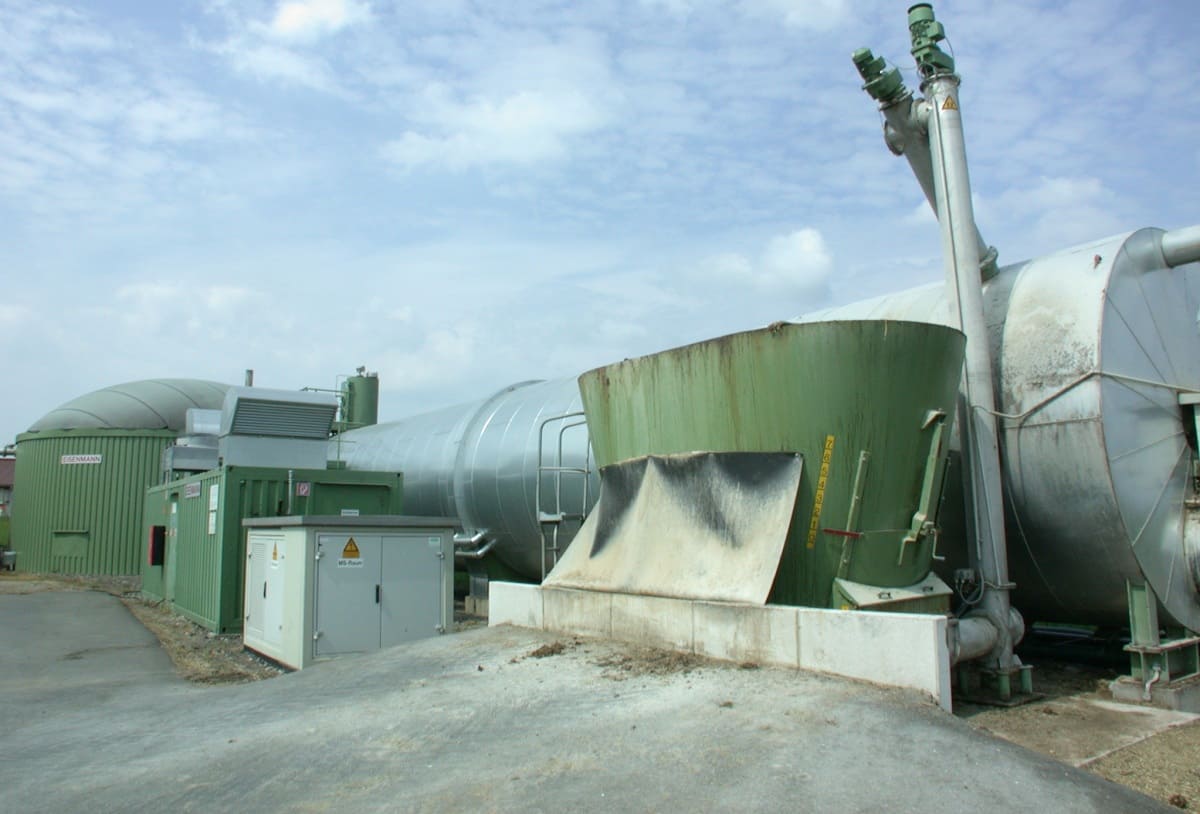 Preliminary processing of liquid organic waste in vortex layer devices
Preliminary processing of liquid organic waste in vortex layer devices In recent years, society’s attention has been increasingly drawn to solving two inextricably linked problems — preventing the depletion of natural resources and protecting the environment from pollution. The rapid consumption of natural fuel reserves and the limited construction of hydroelectric and nuclear power plants have aroused interest in the use of renewable energy sources,Read More
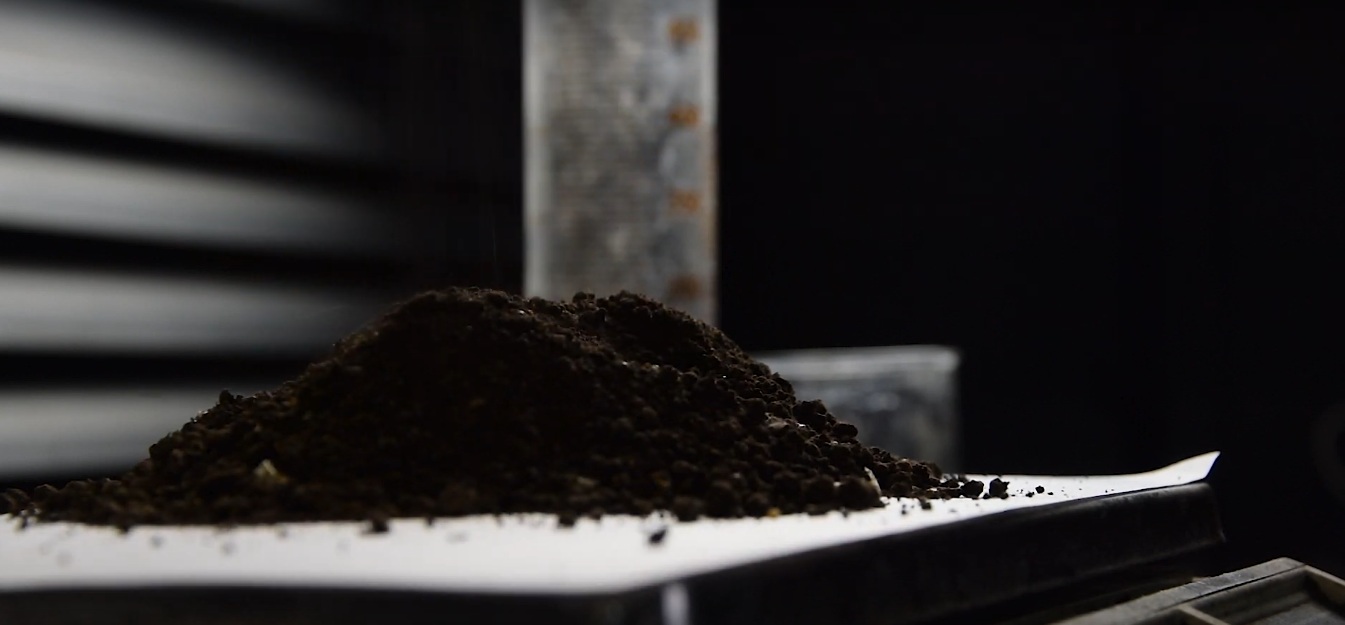 Processing of Peat and Sapropel into Humates
Processing of Peat and Sapropel into Humates Processing of peat and sapropel is used to obtain any new product with required properties. In particular, so-called humates or humic fertilizers, are obtained from this raw material. What are humates (humic fertilizers) They use humic fertilizers to stimulate plant growth. At its core, humates are organic substances. The processing of peat, sapropel, brown coalRead More
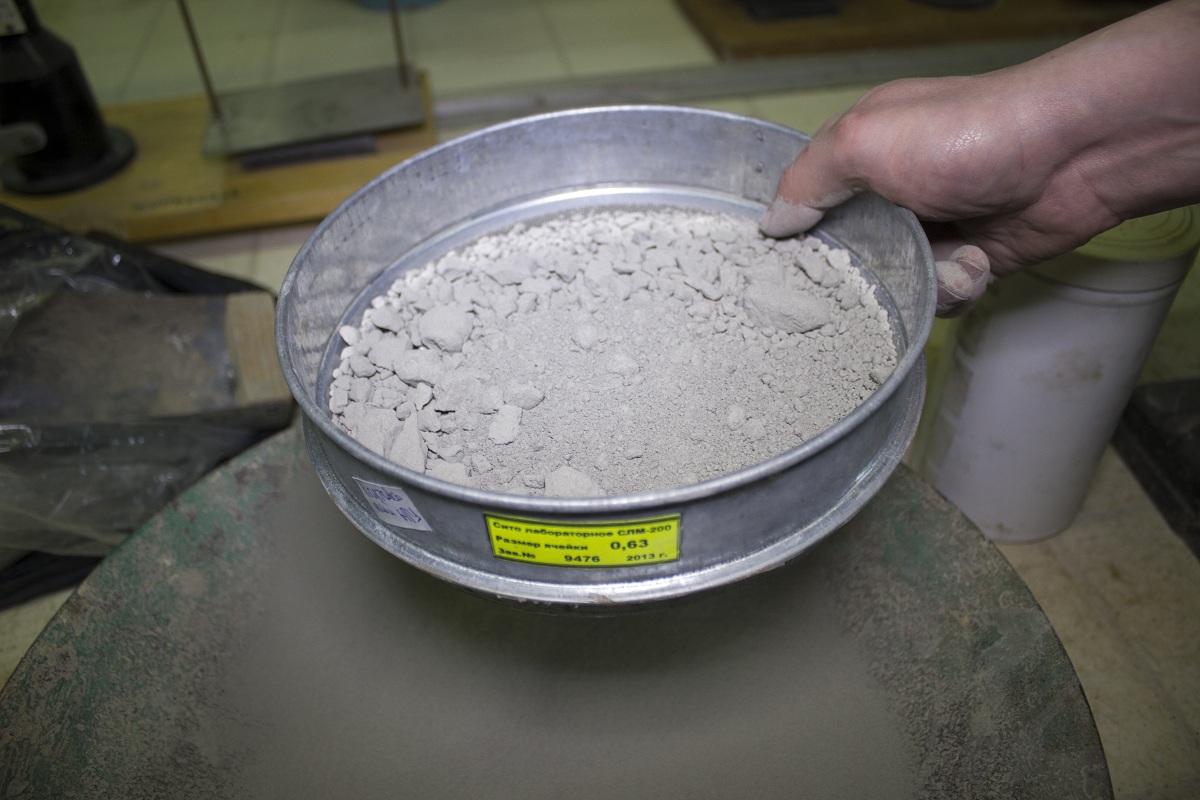 Increase of cement activity
Increase of cement activity Currently, the worldwide tendency is such that cements with a high content (more than 35%) mineral additives are replacing traditional pure Portland cement, such as blast furnace slag, silica fume, fly ash, limestone flour, natural and artificial pozzolana. The expediency of increasing the share of mineral additives in cements does not raise doubts for cementRead More
 Vortex Layer Devices in Gold Production
Vortex Layer Devices in Gold Production Gold is used in several fields: as part of national reserves; in medicine (dentistry, pharmaceuticals and cosmetology). In this case gold is used in implants, medicines and cosmetics. The amount of gold used in this field is relatively small and remains below 2% of the total demand; electronics (information technologies and telecommunications). In this fieldRead More
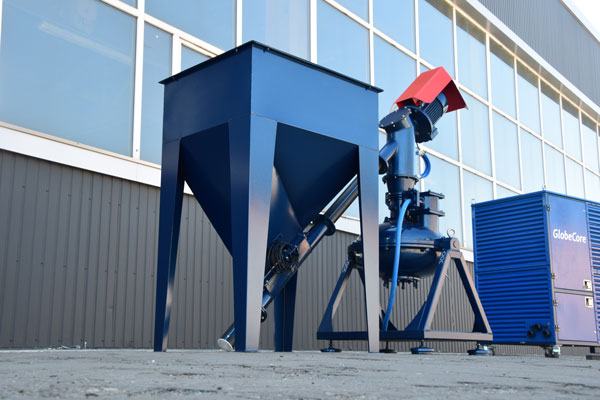 New Method for Preparing Liquid Mixtures in Manufacture of Latex Articles Using Electromagnetic Field Energy
New Method for Preparing Liquid Mixtures in Manufacture of Latex Articles Using Electromagnetic Field Energy The new method belongs to manufacturing ingredient dispersions for latex mixtures, preparing liquid strong-filled latex mixtures, introducing reinforcing fillers into latex film articles. The method is widely used for preparing water dispersions of vulcanizing and gelatinating ingredients in the manufacture of latex foam. The method is effected using the electromagnetic field energy. Compared toRead More
 Production of coal-water slurry fuel with AVS
Production of coal-water slurry fuel with AVS A high price of traditional fuel (gas and heating oil) encourages to search for new cheaper fuel to reduce the cost of thermal energy. One of the most promising new products is coal water slurry fuel – a mixture of coal particles (fraction 1 … 70 μm), water and reagent. It is characterized by aRead More
 Drilling Fluid production with the GlobeCore AVS-150
Drilling Fluid production with the GlobeCore AVS-150 GlobeCore’s engineers have recently tested the New AVS-150 Vortex Layer Device’s ability to produce High Quality Drilling Fluids. A special drilling fluid is always used when drilling a well for oil or natural gas. The drilling fluid is usually made immediately before the extraction of the oil or natural gas. The use of a quality drillingRead More
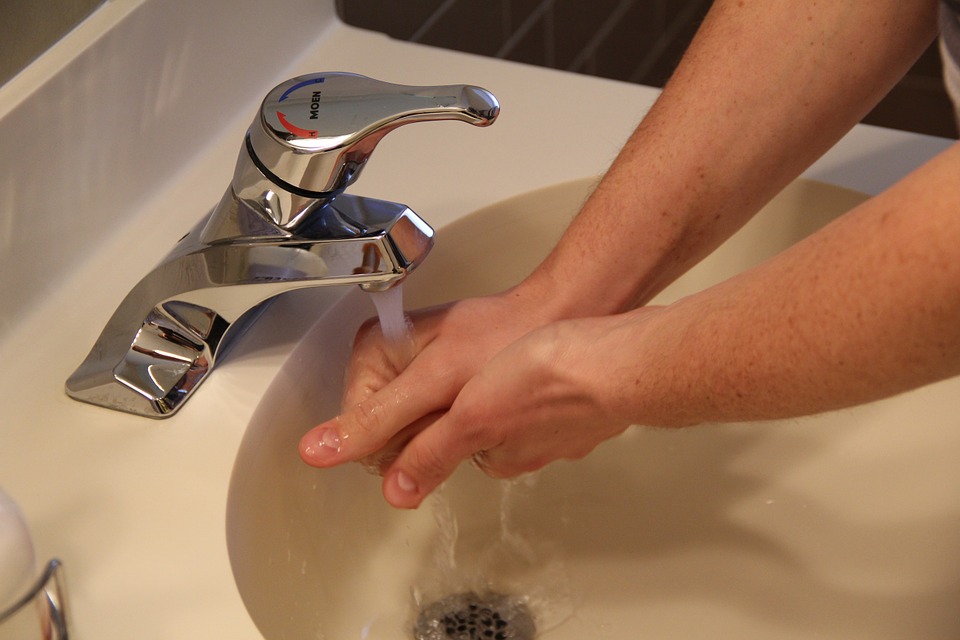 Decontamination of Wastewater
Decontamination of Wastewater Decontamination of Wastewater. Protection of drinking water, as well as surface and underground water bodies from pollution is a serious problem of humanity, because the need for clean drinking water is always growing. Water bodies contain naturally occurring impurities along with chemical pollutants of various compositions (pesticides, phenols, petroleum products, heavy metal salts, nitro compounds,Read More
 Improving the efficiency of industrial wastewater treatment in the electromagnetic nano-mill
Improving the efficiency of industrial wastewater treatment in the electromagnetic nano-mill The environmental protection measures include saving the planet’s water resources and management of used resources which occupy large areas. Especially important is the treatment or industrial wastewater, among which the wastewater of chemical, engineering, food, instrument, petrochemical and other industries poses the greatest danger to the environment. Wastewater of these industries varies in amounts, compositionRead More
Ion Exchange in Electroplating Wastewater TreatmentThe process of ion exchange has found practical use in wastewater treatment and water preparation systems, specifically for demineralization, desalination, correction of the chemical composition of water, removal of toxic or valuable substances in processing natural or industrial wastewater. Despite the abundance of the chemical properties of electroplating wastewater contaminants, both organic and inorganic, theRead More
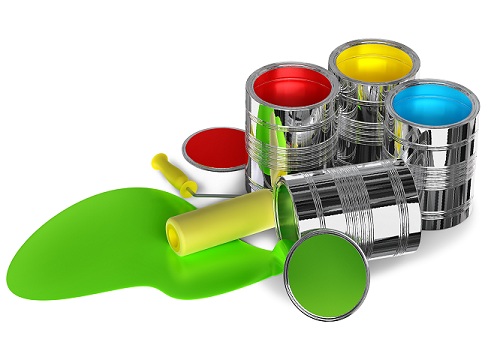 Equipment for Mixing of Paints
Equipment for Mixing of Paints The need for mixing different paints arises when one needs to perform some paintwork, but is not satisfied with standard colors available in the market. In addition, mixed colors are more subtle and convincing. Let us consider the basic techniques used in paints mixing, as well as the equipment used for this purpose. There areRead More
 PAINT AND LAQUER PRODUCTION
PAINT AND LAQUER PRODUCTION Intensive dispersion of solid material with simultaneous particle activation can be applied in paint production and laquer production. Iron oxide pigments, for instance, can be dispersed to the size less than 20 micron in 15-60 seconds in the AVS electromagnetic mill; in a ball drum, the same process takes several hours. Paint Production in AVS TheRead More
The Use of Vortex Layer Devices for Decontamination of Liquid Pig ManureOne of the major problems of livestock industry is the accumulation of large amounts of liquid manure. Manure processing and subsequent disposal technology depends on the pig farm cleaning methods. Nowadays, water wash is most often used in practice, which is characterized by the occurrence of low-concentration manure effluent, the volume of which is 4-5Read More
 Using AVS to intensity biogas production
Using AVS to intensity biogas production The range of Vortex layer device application is quite wide, the unit is efficient for ultrafine grinding, dispersion and mixing and intensification of various chemical and physical reactions. While researching the practical applications of the Vortex layer device, it proved to be beneficial in the process of biogas production, beside other uses. As was described in previous articles, AVSRead More
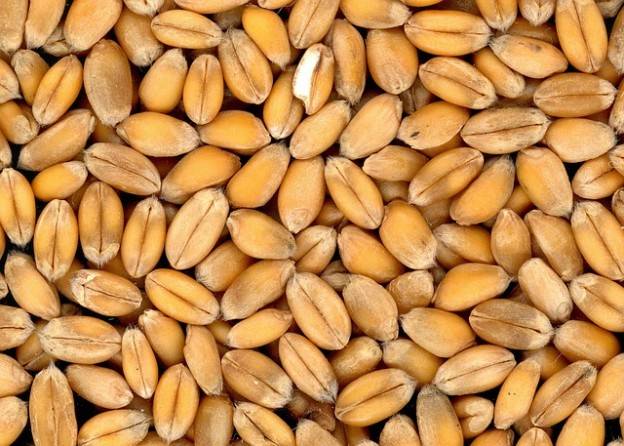 Application of the vortex layer device for seed pretreatment
Application of the vortex layer device for seed pretreatment Future cereal crop seed productivity is influenced by many factors, including external such external ones as habitation and growth environment and their biological characteristics. Each factor has different influence in different periods of development, and it is often impossible to take all into account. However, modern agricultural science has a range of techniques to reduceRead More
Grinding (Crushing) of FluoroplasticsFluoroplastic – is the general name of fluorine-containing polymers. According to the existing classification, substances of this class include: polytetrafluoroethylene; polytrifluorochloroethylene; polyvinylidene fluoride; copolymers of fluorinated ethylene. Fluoroplastics have an excellent chemical inertness towards corrosive media. The exceptions are molten alkali metals and chlorine trifluoride. Fields of Application of Fluoroplastics Due to its physical andRead More
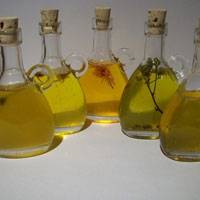 Vegetable oil degumming: equipment choice
Vegetable oil degumming: equipment choice Vegetable oil degumming is the removal of phospholipids from the crude product. Those are fat-like substances, highly valuable biologically. Actual content of phospholipids in vegetable oil varies from 0.2 to 4.5% and depends on the specific substance and the method of oil production. Immediately after oil extraction, phospholipids are solved in the oil, but canRead More
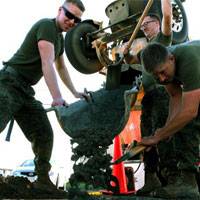 Vortex layer device in production of unfired anhydrite binding material
Vortex layer device in production of unfired anhydrite binding material Plaster industry now makes products based on plaster binding materials. In practice such materials are made by low-temperature firing of natural material to calcium sulfate hemihydrate. At the same time, unfired plaster binding materials and gypsum cement are not often used. The main factors limiting their use is the need for lengthy milling (for unfiredRead More
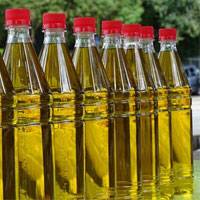 Vegetable oil filtration
Vegetable oil filtration Vegetable oil is a made from seed feedstock by pressing or extraction. Combined method, where pressing is used initially, followed by extraction, is somewhat less common. The process of pressing the oil involves subjecting the prepared seeds to high pressure. Extraction is based on diffusion and involves extraction of oil by extraction solvents (hexane). ExtractionRead More
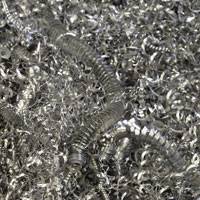 GlobeCore magnetic strainers to capture metal in food production
GlobeCore magnetic strainers to capture metal in food production One of the possible applications of vortex layer generators is the processing of liquid phase and heterogenic systems. This equipment allows to intensify processes in various industries: food production, chemical, microbiological, petrochemical, etc. The principle of vortex layer device operation is based on chaotic motion of ferromagnetic elements in a rotating magnetic field. A layerRead More
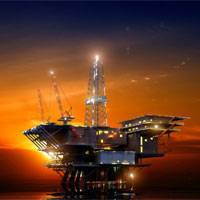 Using the vortex layer devices to improve marine fuels
Using the vortex layer devices to improve marine fuels The first mention of adding water in internal combustion engines dates back to the end of the 19th century. Many studies have been performed since then, which indicate that adding water to fuel is, in fact, possible and leads to the following: Intensification of fuel combustion; Reduction of incomplete combustion product and nitrogen oxides inRead More

The first mention of adding water in internal combustion engines dates back to the end of the 19th century. Many studies have been performed since then, which indicate that adding water to fuel is, in fact, possible and leads to the following:
- Intensification of fuel combustion;
- Reduction of incomplete combustion product and nitrogen oxides in engine exhaust.
The quality of water used to make water-fuel emulsions has a direct effect on the wear of the fuel system components. This calls for systems which not only process the fuel, but also treat water before mixing. This is achieved by vortex layer devices, which can disperse the components.
A vortex layer device is a tube made of non-magnetic material, where a rotating magnetic field is created. The field interacts with the ferromagnetic elements. The latter create a vortex while moving. Several effects occur in the active chamber of the device, which can deform crystal lattice of solid material, significantly increase chemical reactivity of substances etc.
Using vortex layer devices allows to introduce up to 7% water into fuel.
Using vortex layer devices allows to introduce up to 7% water into fuel. Mixing occurs on molecular level, making the product resistant to separation and extending storage life to at least 5 – 6 months.
Yet another advantage of using these systems is the large amounts of heat generated in the process of operation. This heat can be used to warm up the fuel and water before mixing.
It should be noted that the process of water-fuel emulsion preparation by vortex layer devices can be used for other fuels beside maritime, such as boiler and heating fuels.
However, note the following. While the vortex layer device is operating, the collisions of the ferromagnetic particles inside the active chamber cause them to wear and chip. Particles of metal in maritime or heating fuel is not acceptable, so special magnetic strainers must be used.
GlobeCore offers inline magnetic strainers made especially for use in water-fuel emulsion production lines, based on AVS-100 or AVS-150 vortex layer devices. Magnetic strainers of custom size can also be manufactured for other industries and applications.
